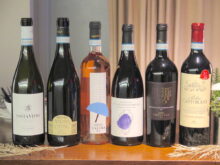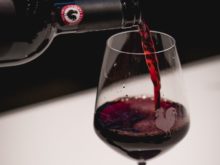
Recently, the hostess of a wine luncheon at Il Gattopardo asked her table, “How often have you tasted Italian white wines aged for more than ten or fifteen years?” It was not a rhetorical question but rather a query about the preconceptions that many oenophiles bring to Italian white wine. Too often we don’t imagine the capacity for aging in white wine from Italy. Hence Susannah Gold‘s motivation for co-hosting a luncheon with the principals of Donnachiara and Petilia & Solina to showcase the aging potential of Irpinia wines from Campania in Southern Italy.
Of late, it’s not unusual to hear the region of Campania bantered about as the next great Italian wine region, the new Tuscany. As Ilaria Petitto, owner of Donnachiara joked, “My father says I live in the sky,” dreaming big—and yet it is Petitto’s stewardship of the family vineyard that is representative of a new era for an illustrious region notable for its breadth of terroir and diversity of grape. After all, this is a region with 100 indigenous grapes—more than any other region in Italy. Furthermore, Irpinia showcases a D.O.C.G. in both red and white wines, which is further testament to the region’s versatility.

Located near the ankle of Italy’s boot in the mountainous region in Campania, Irpinia is notable for its white wine appellations Fiano di Avellino D.O.C.G. and Greco di Tufo D.O.C.G.—and equally celebrated for its red wine Taurasi D.O.C.G. It was the ancient Greeks who brought these grapes to Campania and since then, their cultivation has spread throughout Southern Italy.
For over 150 years, Donnachiara has been cultivating vineyards for wines composed only of indigenous grapes. Irpinia has been home to the Petitto family for five generations and today, the family winery cultivates 66 acres of Fiano, Greco di Tufo, as well as the largest vineyard of Aglianico grapes in the Avellino province.

The winery’s recent revitalization occurred in 2005 with the construction of a modern cellar and the establishment of the Donnachiara brand. Equally impressive is the recent designation of Riccardo Cotarella as the winery’s new winemaker.
Organic in the vineyards and in the cellar, Donnachiara became a recent recipient of a sustainability award by Lega Ambiente as a consequence of the winery’s environmentally-sound practices that include the use of rainwater, solar energy, and water recycling.
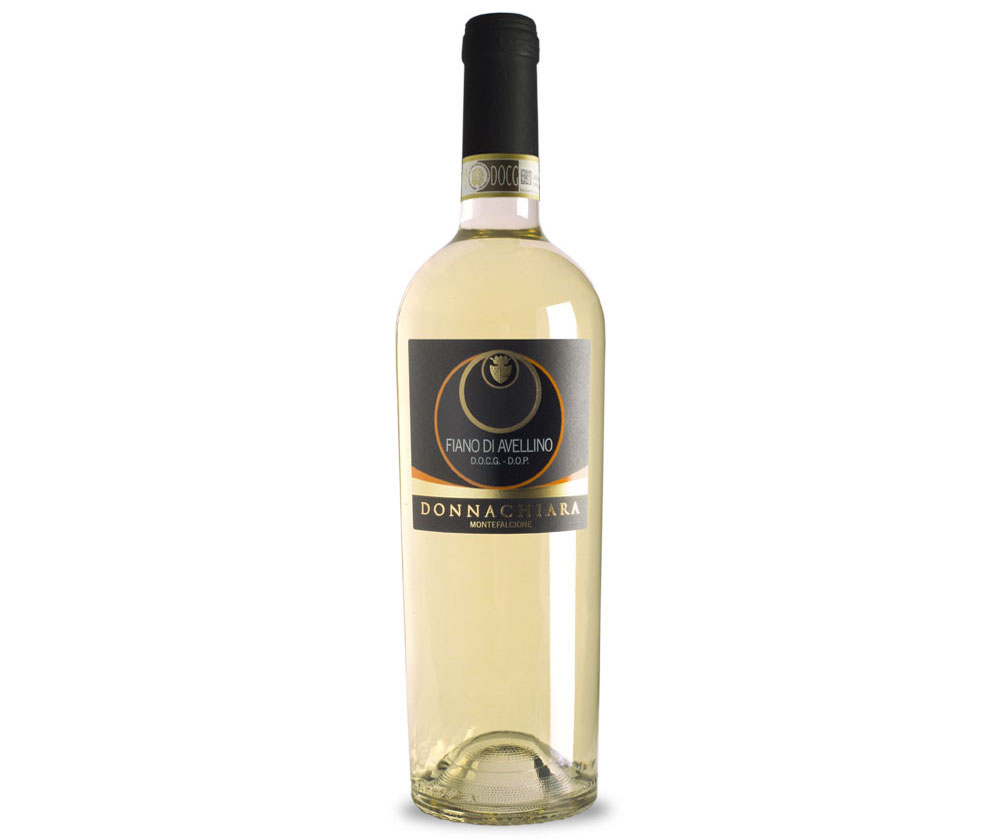
For an excellent example of Irpinia’s longevity, consider the 2007 vintage of Donnachiara Fiano di Avellino D.O.C.G. A vintage notable for hot and dry conditions has produced an extremely concentrated wine with aging potential up to twenty years. A complex wine of pale almond hue, this wine exhibits the lovely floral aromas associated with Fiano, alongside an elegant body. Notes of petrol not unlike those associated with aged Riesling is also present—but softened here with a light honey beeswax essence.
For another equally engaging vintage, there’s the 2013 Donnachiara Fiano di Avellino D.O.C.G., which was a year marked by heavy rains. Exhibiting great capacity for aging, this pale yellow wine flecked with celadon green displays notes of hazelnut and dried fruit—and proved a perfect complement for cavatelli de grano ai frutti di mare served at Il Gattopardo in Manhattan.

As Teresa Bruno, principal of Petilia & Solina, asserts, “Irpinia needs to be represented—for its ancient history complemented by originality and new energy.” The family company of approximately 50 acres of Fiano, Aglianico, and Falanghina vines presented their first vintage in 1999. As Bruno states, “We are at the beginning, embracing a philosophy in which life on this planet depends on how much love you give back.” The winery’s conversion to eco-sustainable organic cultivation has been awarded with full organic certification.
For those wine lovers of Nebbiolo and Sangiovese—and particularly for those who yearn to drink such wines more frequently were it not for the price, it’s time to consider Aglianico, which some consider the next great grape of Italy. Sometimes referred to as the Barolo of the South, there’s little question that Aglianico wears its Southern crown with distinction. Loaded with tannins, Aglianico ages beautifully, maintaining its freshness amidst a fully-structured body. Think of Aglianico as the Sophia Loren of Italian grapes: voluptuous and vibrant.
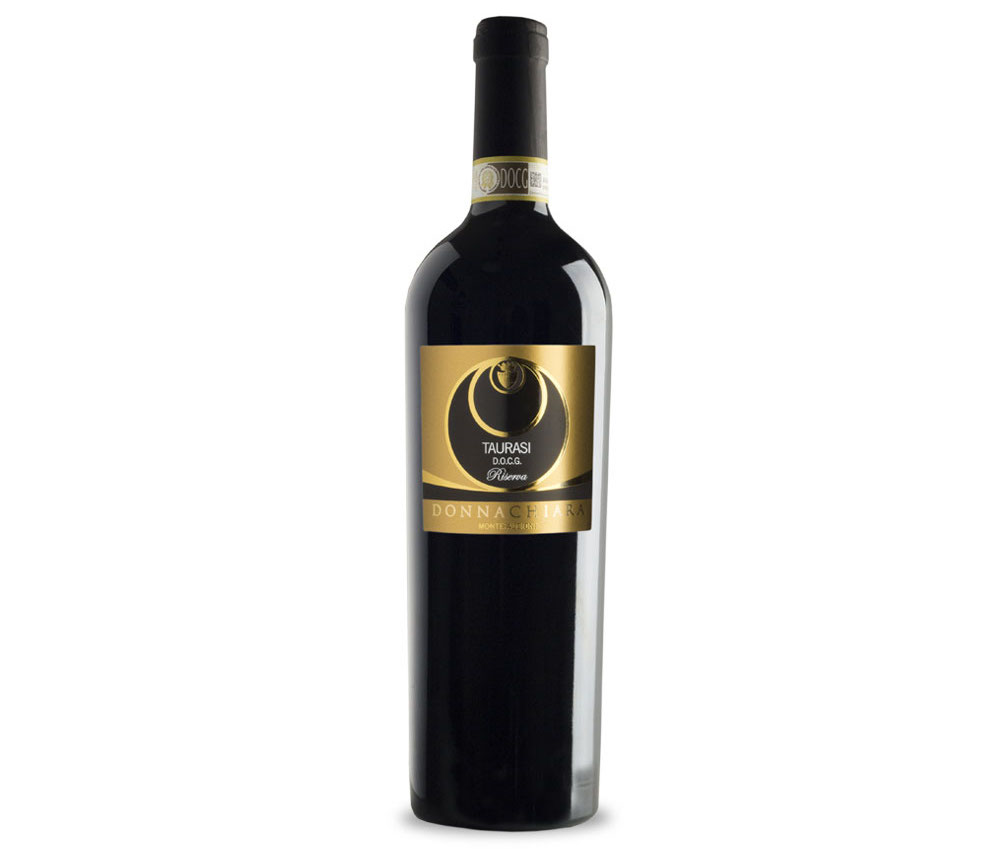
As Donnachiara winemaker Cotarella contends, “Good red comes only from working the vineyards.” As an example, Taurasi Riserva D.O.C.G. is a deep ruby wine of 100% Aglianico that is produced only in the best vintages. Hand-picked grapes are softly pressed and matured on the skins for 20 days, followed by 24 months in the bottle. The bouquet displays a broad array of fragrances, from the richness of ripe red currants enhanced by the warmth of vanilla and cinnamon spice. On the palate, Taurasi Riserva is notable for its fully-rounded body marked by flavors of blackberry and coffee and hints of cherry chocolate. An elegant satin finish lingers.
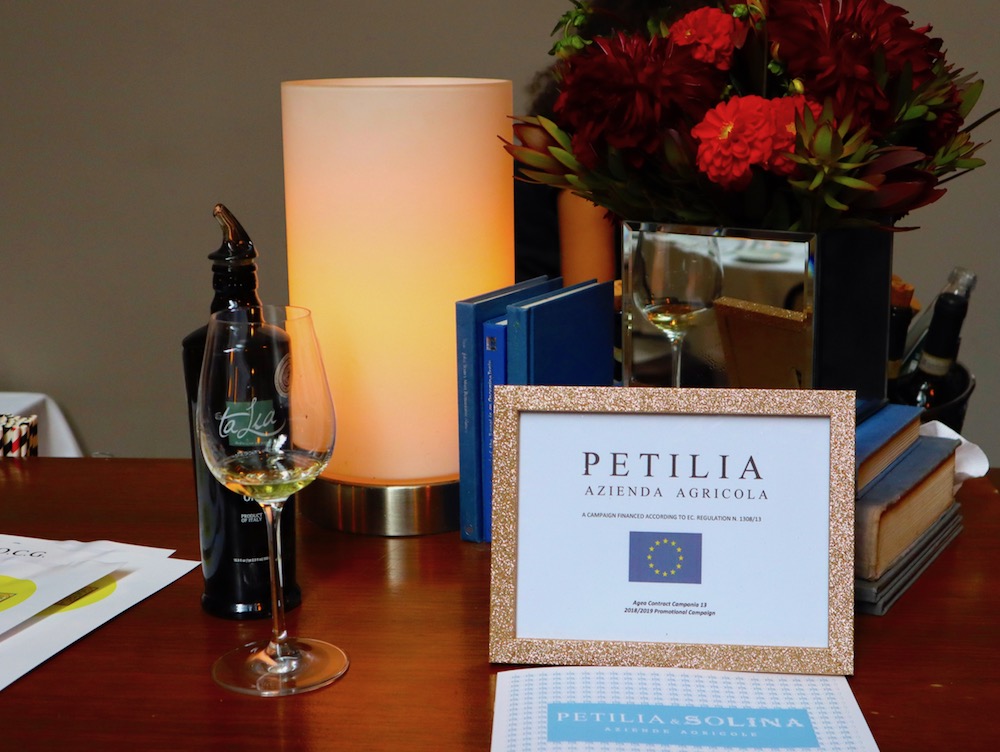
For another alluring Irpinia red, there’s Petilia Taurasi D.O.C.G., a monovarietal of 100% Aglianico grapes that exhibits a complex aroma marked by violet and vanilla with touches of anisette. A wine of beautiful structure and satin softness with notes of blueberry and chocolate on the palate, Petilia Taurasi pairs beautifully with wild game and aged cheese.
Located less than thirty miles from Naples, the Irpinia region is named for the wolf, which remains the district’s symbol—and now is the time to heed the call of the wolf and drink the wines of Irpinia.



